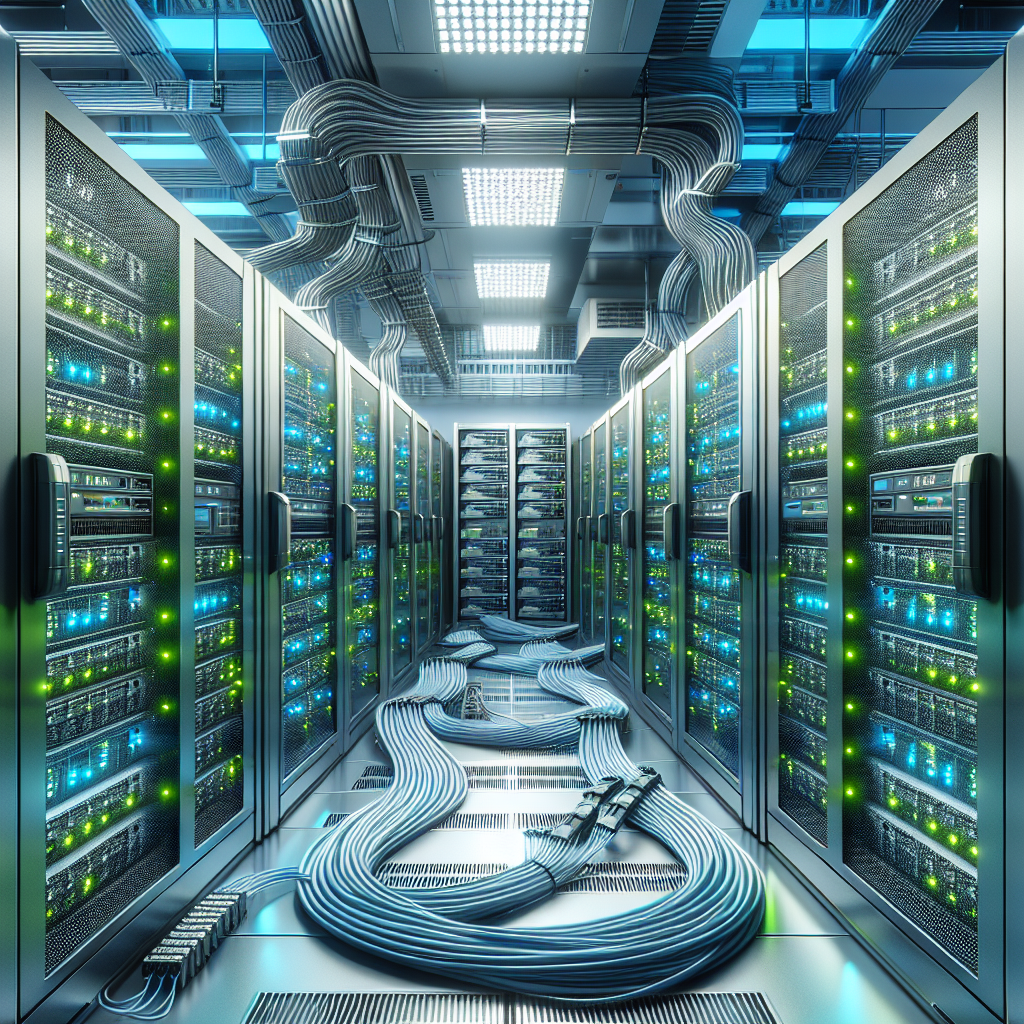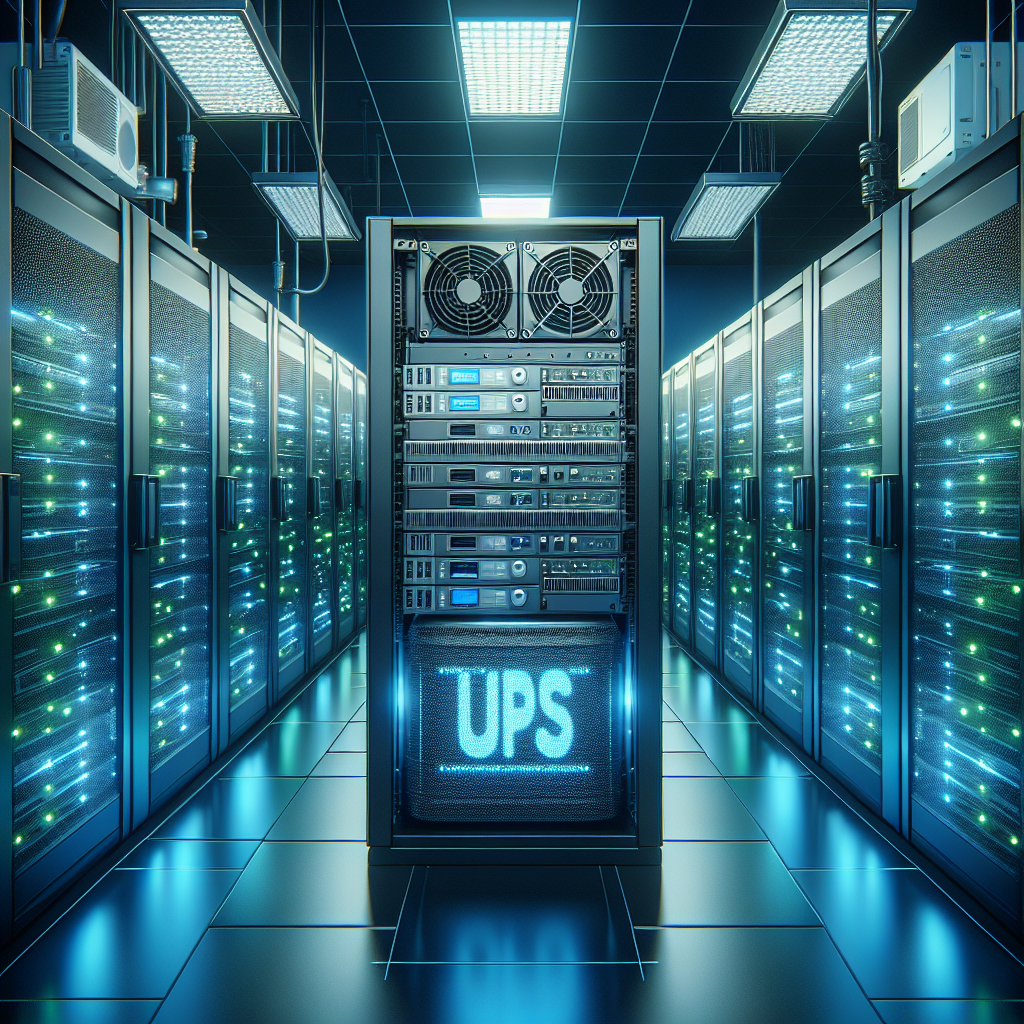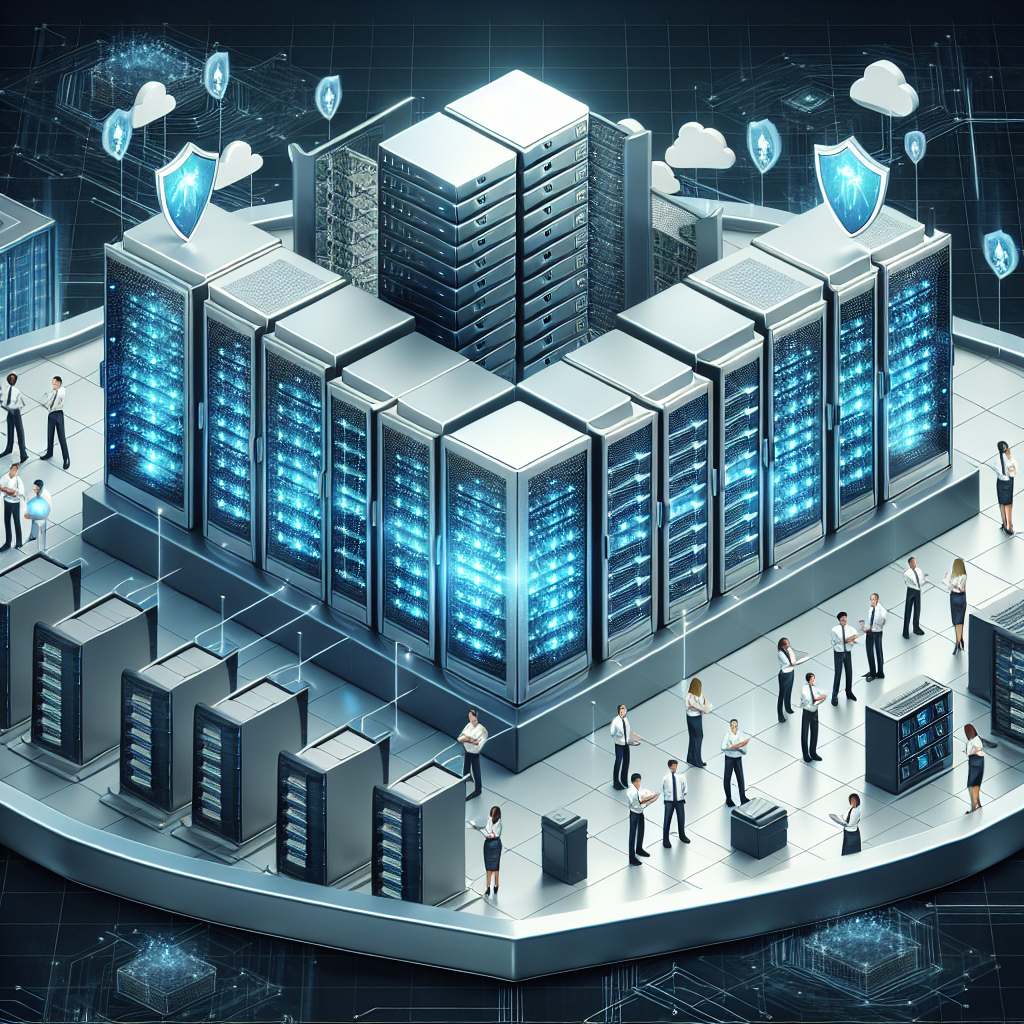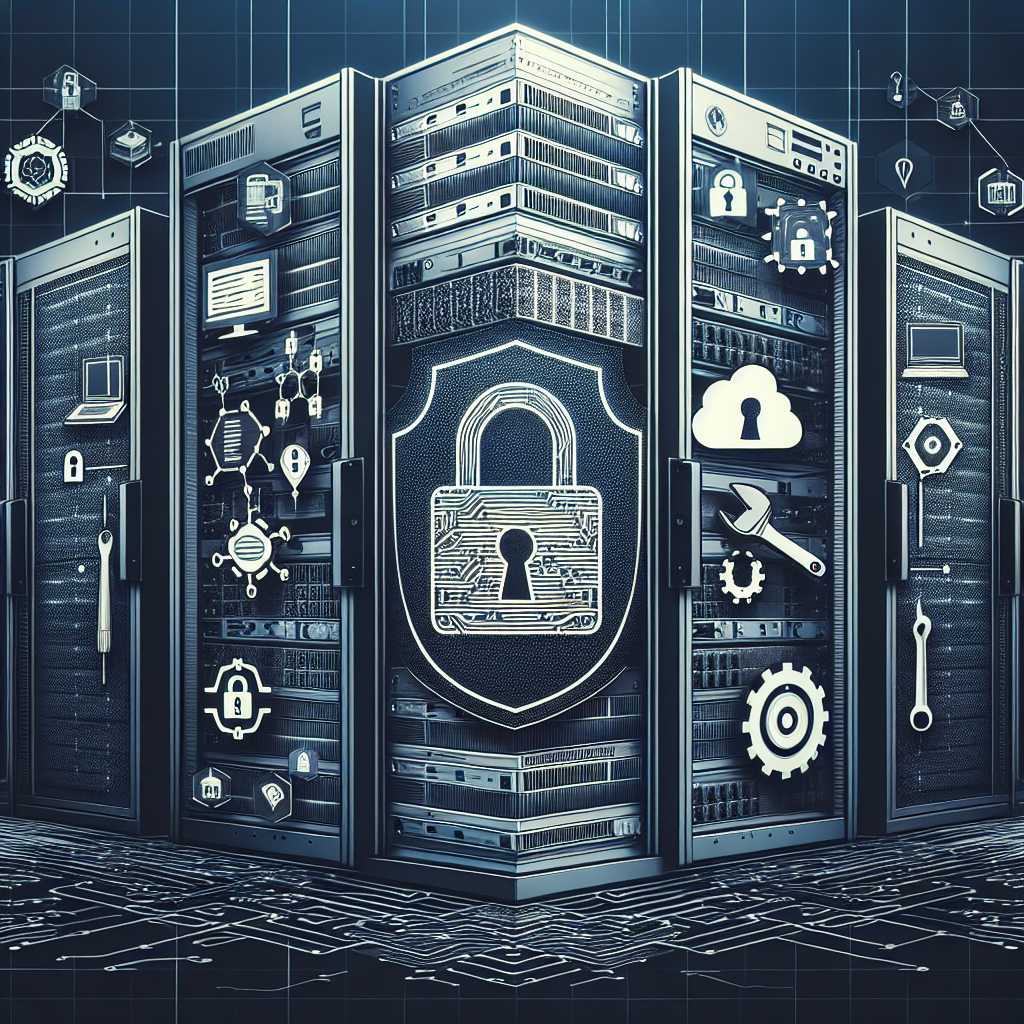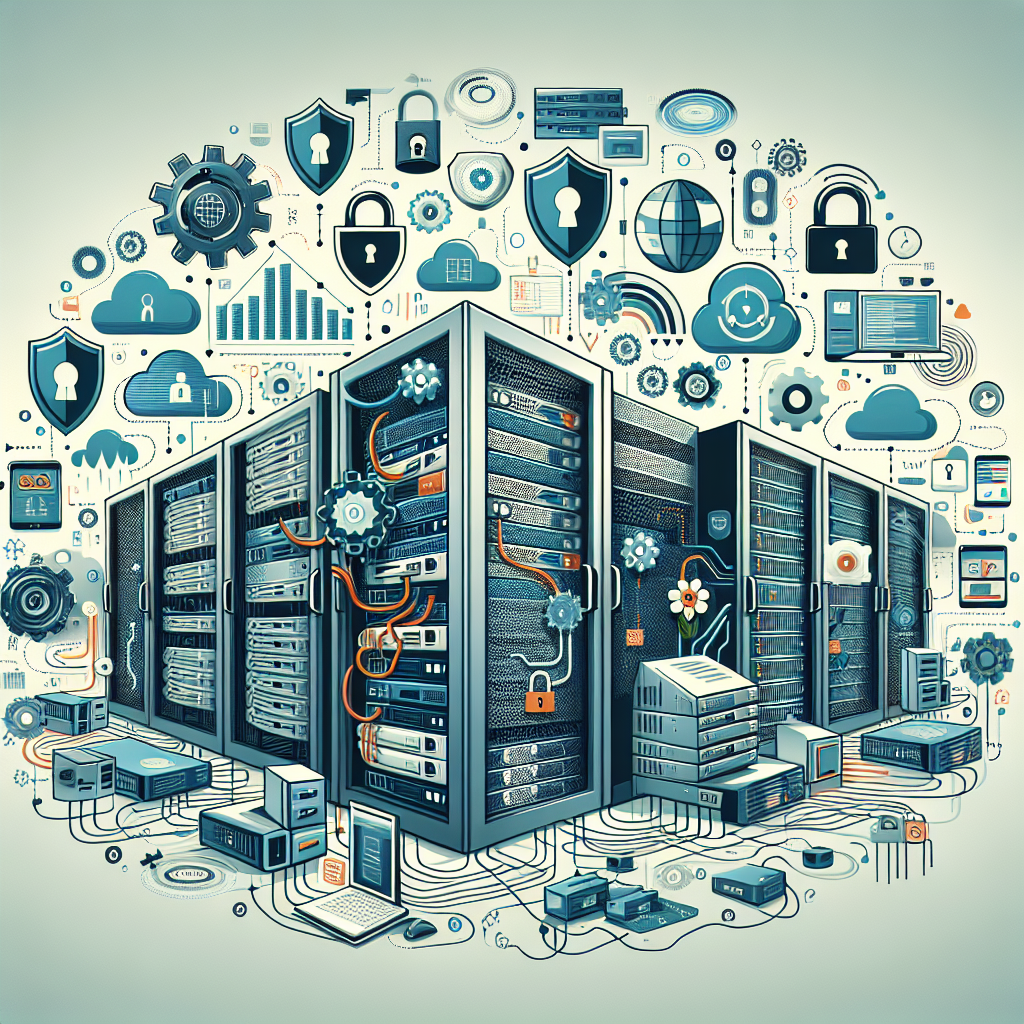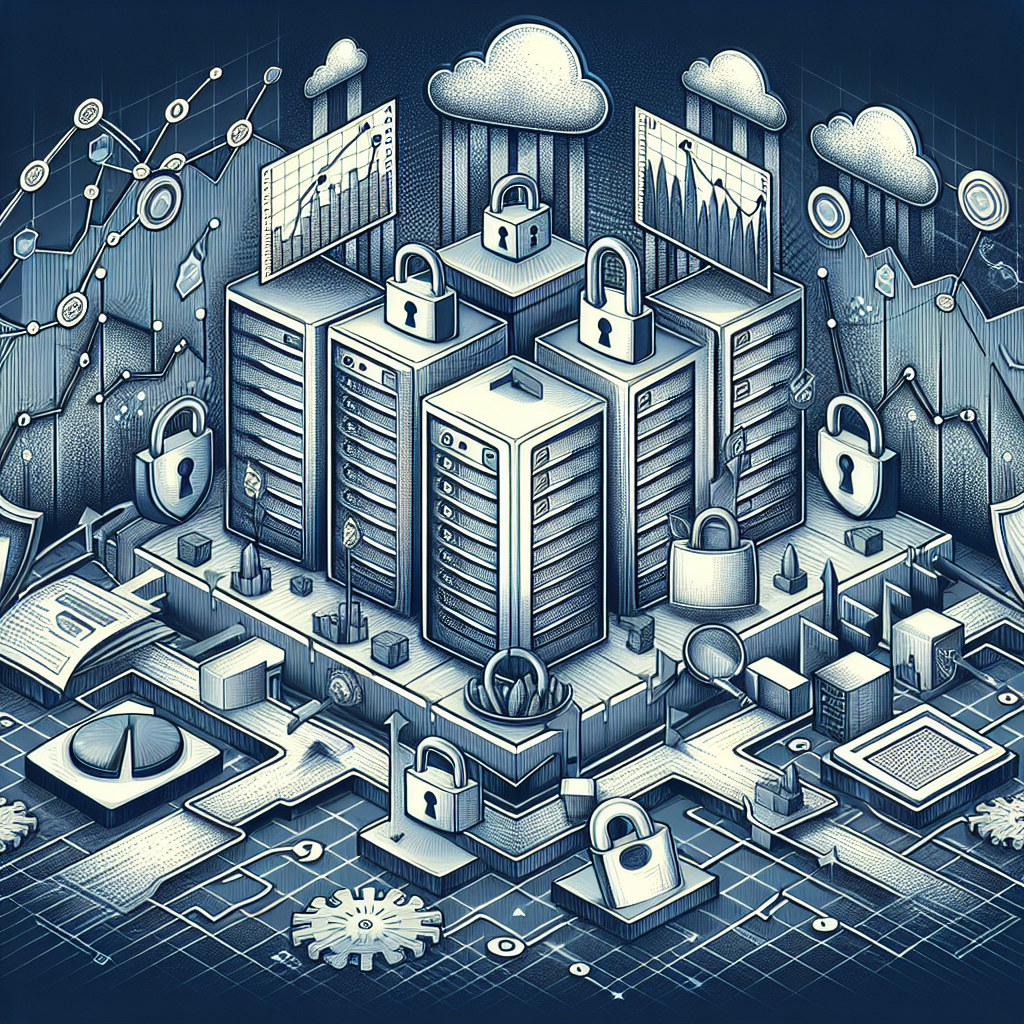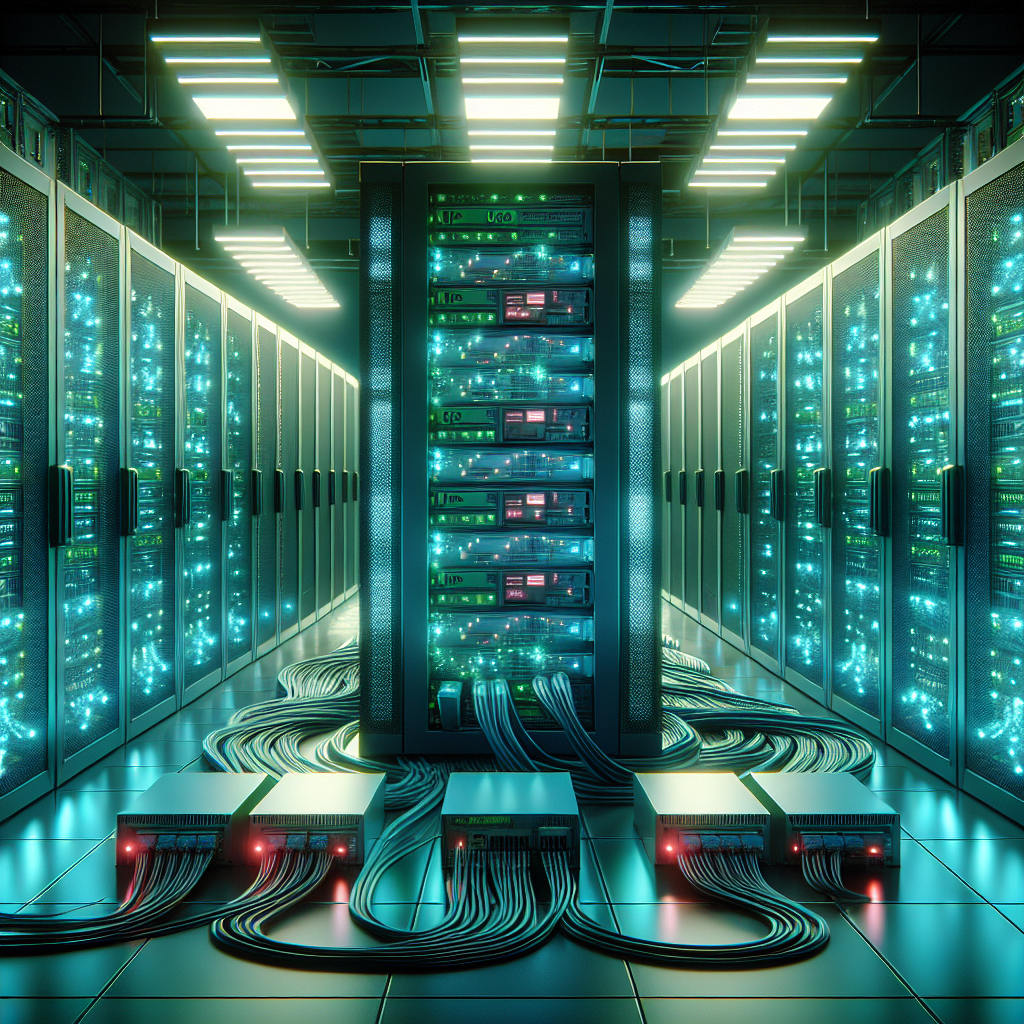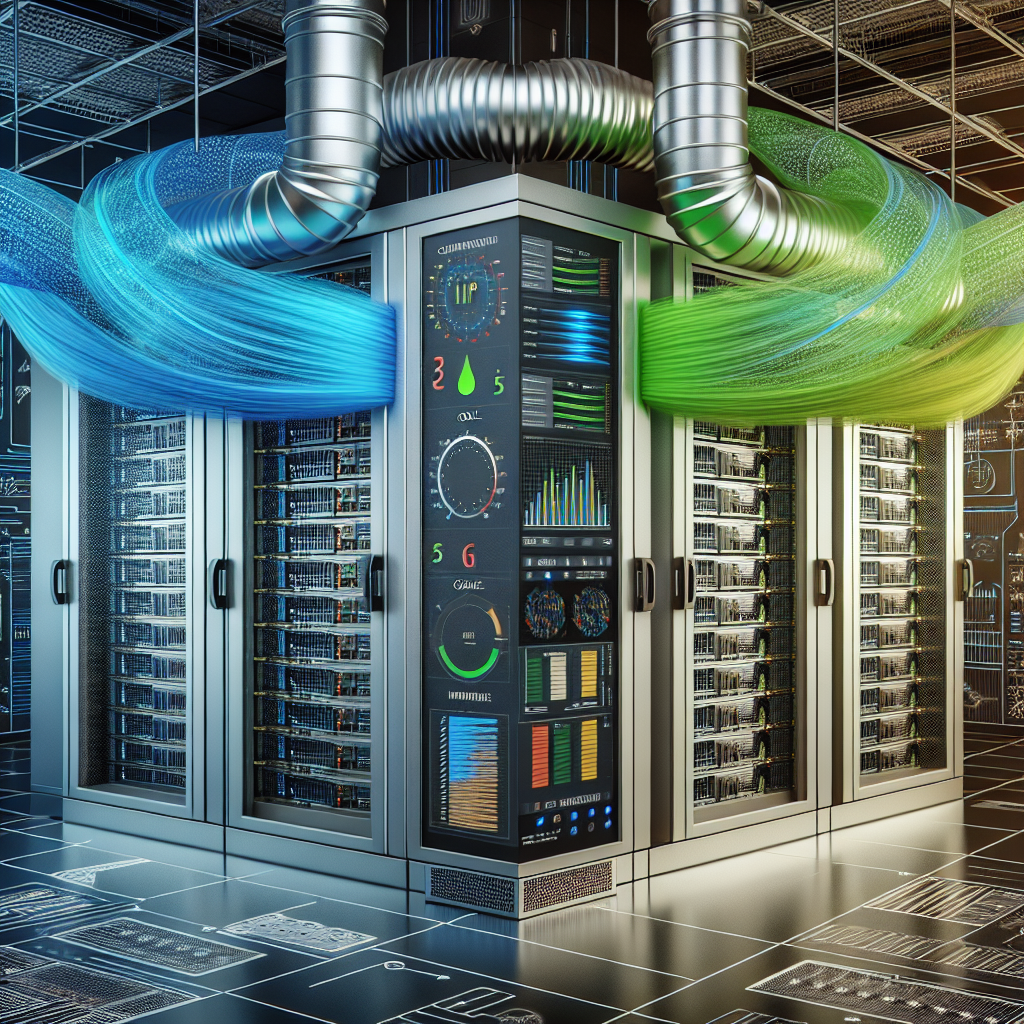In today’s digital age, data centers play a critical role in storing, processing, and managing vast amounts of information. With the increasing demand for data storage and processing power, it has become imperative for organizations to effectively manage and maintain their data center network infrastructure to ensure optimal performance and reliability.
Managing and maintaining a data center network infrastructure involves a combination of strategic planning, proactive monitoring, and regular maintenance. Here are some key strategies that organizations can implement to effectively manage and maintain their data center network infrastructure:
1. Implement a comprehensive network monitoring system: Monitoring the performance and health of the network infrastructure is essential for identifying potential issues before they escalate into major problems. Implementing a comprehensive network monitoring system allows IT teams to track network traffic, bandwidth utilization, latency, and other key performance indicators in real-time. This enables them to quickly detect and troubleshoot issues, ensuring optimal network performance.
2. Regularly update and patch network equipment: It is crucial to keep network equipment such as switches, routers, and firewalls up to date with the latest firmware updates and security patches. Regularly updating network equipment helps to address vulnerabilities, improve performance, and ensure compatibility with the latest technologies. By staying current with software updates, organizations can enhance the security and reliability of their data center network infrastructure.
3. Implement network segmentation and access controls: Network segmentation divides the network into separate segments or subnetworks to enhance security and performance. By segmenting the network, organizations can isolate sensitive data and applications, control access to resources, and prevent unauthorized access. Implementing access controls, such as firewalls, intrusion detection systems, and authentication mechanisms, further enhances network security and helps protect against cyber threats.
4. Conduct regular network performance assessments: Regularly assessing the performance of the data center network infrastructure helps organizations identify areas for improvement and optimize network efficiency. Performance assessments can include conducting bandwidth utilization analysis, latency testing, and network capacity planning. By analyzing performance metrics, organizations can identify bottlenecks, optimize network resources, and ensure that the network infrastructure meets the growing demands of the business.
5. Backup and disaster recovery planning: Data loss can have a devastating impact on organizations, making it essential to implement robust backup and disaster recovery strategies. Regularly backing up critical data and applications ensures that organizations can quickly recover in the event of a data loss or network outage. Implementing disaster recovery plans, such as redundant network connections and failover mechanisms, helps minimize downtime and maintain business continuity in the face of unforeseen disasters.
In conclusion, managing and maintaining a data center network infrastructure requires a proactive approach and a combination of strategic planning, monitoring, and regular maintenance. By implementing these key strategies, organizations can optimize network performance, enhance security, and ensure the reliability of their data center network infrastructure. Prioritizing the management and maintenance of the network infrastructure is essential for meeting the evolving demands of the digital age and ensuring the success of the organization.
